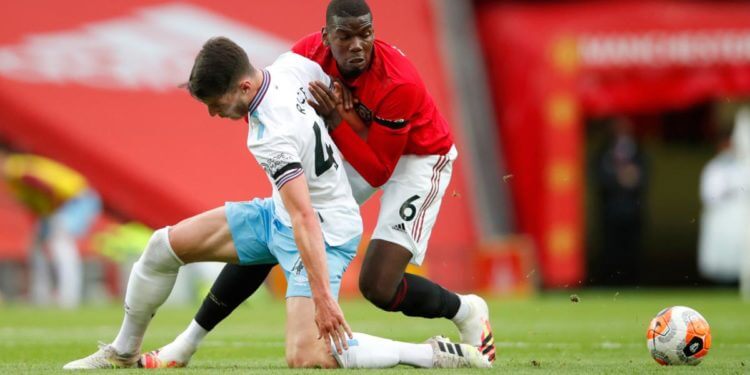Global sporting activities have either been cancelled or postponed to protect the health of athletes and other sporting staff in the wake of the coronavirus pandemic.
Social distancing guidelines and border closures have affected the world of sports negatively. Whether it ranges from an arm wrestling tournament to football tournament, sailing to fencing or cricket to rugby, they have all been disrupted. The Olympics and Paralympics have been postponed to 2021 to protect the safety of athletes and sports workers. All this point to a crises situation for the world of sports and its future as a result of the coronavirus pandemic.
According to the United Nations, Department of Economic and Social Affairs, The global value of the sports industry is estimated at US756 billion annually. In 2018, the global value of the sports industry was estimated to be $471bn which represented a 45% increase since 2011. With the coronavirus coming into play, all aspects of the sports value chain which includes sports bars and retailers, athletes, managers/coaches, the media that broadcast sport events among others have been affected.
This is expected to lower the value of the sports industry which would otherwise have seen a continuous upwards trajectory.
To fully comprehend the value that will be lost to the sports industry it’s important to understand how the sports industry generates income.
The Income of the world of Sports
Though each sport generates income differently, there are three main income streams that cut across. They are: media coverage which involves sale of media rights, commercial which involves sponsorship and advertising partnerships and match day revenue which involves ticketing and hospitality.
Media Rights
Broadcasting and media rights is said to be the biggest income streams for sports organizations. Royalties earned from the sale of exclusive footages to media outlets enables the sports league invest in both organizational and technical infrastructure involved in broadcasting sports event to millions of viewers worldwide. According to the World Economic Forum, the National Basketball Association signed a TV deal with ESPN and TNT worth $24 billion over nine years.
The English Premier League broadcast rights has increased to $12 billion for the next three seasons while Major League Baseball signed a seven-year media rights renewal with Fox Sports worth $5.1Billion. Below shows a chart of the revenue generated by the various sport leagues over the last five years.

According to the data, the National Football League has the highest revenue of all the major sports leagues over the last five year period.
Commercial/advertising
Whether it is a direct advertisement on television or sports websites, millions of dollars are earned by sports media outlets and athletes. Take NBA star Lebron James for example, Lebron earned $52 million from endorsement and advertising deals with companies like Nike, Coca Cola (Sprite), and Kia Motors.
Tiger woods earned $42 million from endorsement deals with Nike, Bridgestone, among others. Brands pay lots of money not only to sporting clubs but to athletes for advertisement.
Christiano Ronaldo is said to earn $303,900 per tweet for advertising and promoting a brand on Twitter. Neymar earns $143,000 per tweet with Lebron James earning $126,600 per tweet.
Match day revenue
Ticket sales are also another revenue driver for sports leagues. In 2016, the National Football League earned US$7 million. According to ESPN, for the 2018-2019 season, basketball teams witnessed an average of anywhere from just under 15,000 to just over 20,000 fans attending per home game with tickets costing close to $100 on average.
Millions of jobs and economic downturns are at risks globally in sports and its related activities such as media broadcasting, tourism, travel and catering. With lots of athletes at home, sporting games cancelled or postponed; social distancing protocols and travel ban, the sports world will experience extreme shortfalls in ticket sales, sponsorship and ad campaigns as well as media broadcasting rights.
With the sports sector experiencing these shortfalls, revenue/income will also fall bringing down the global economic value of the sports world.
The Future of the world of sports
The basic operating nature of the world of sports may not change; however, with the rise in digital media consumption over traditional means, the sports world may witness an increase in direct-to-consumer services to distribute sports content.
In December of last year, Amazon broadcast its first live football matches showing 20 Premier League games to subscribers on its Prime Video platform. This will open up the digital space for sports content and may end up disrupting the long standing traditional media broadcasting rights.
ALSO READ: 5 Lessons Sports Can Teach Us About Business




